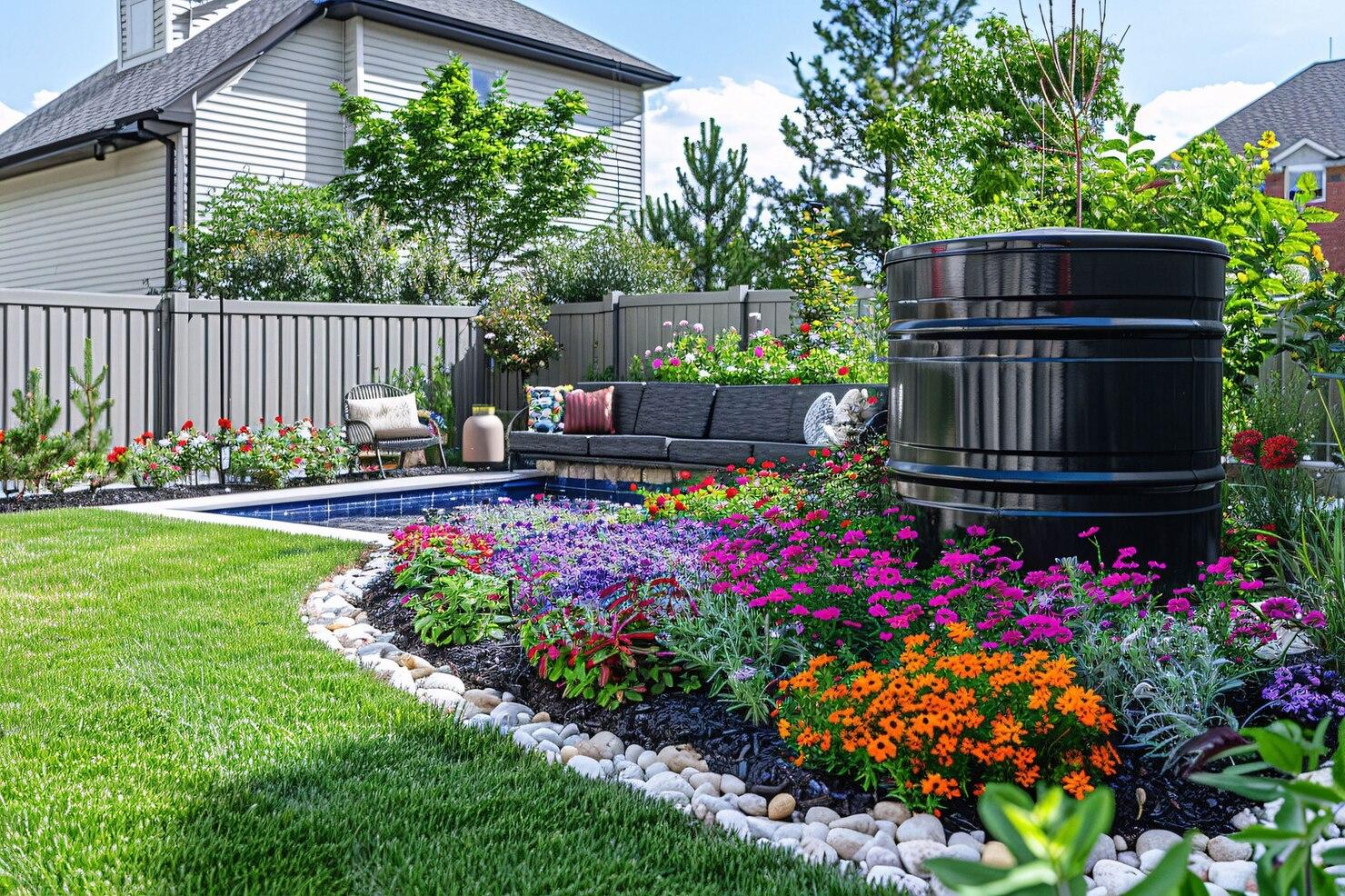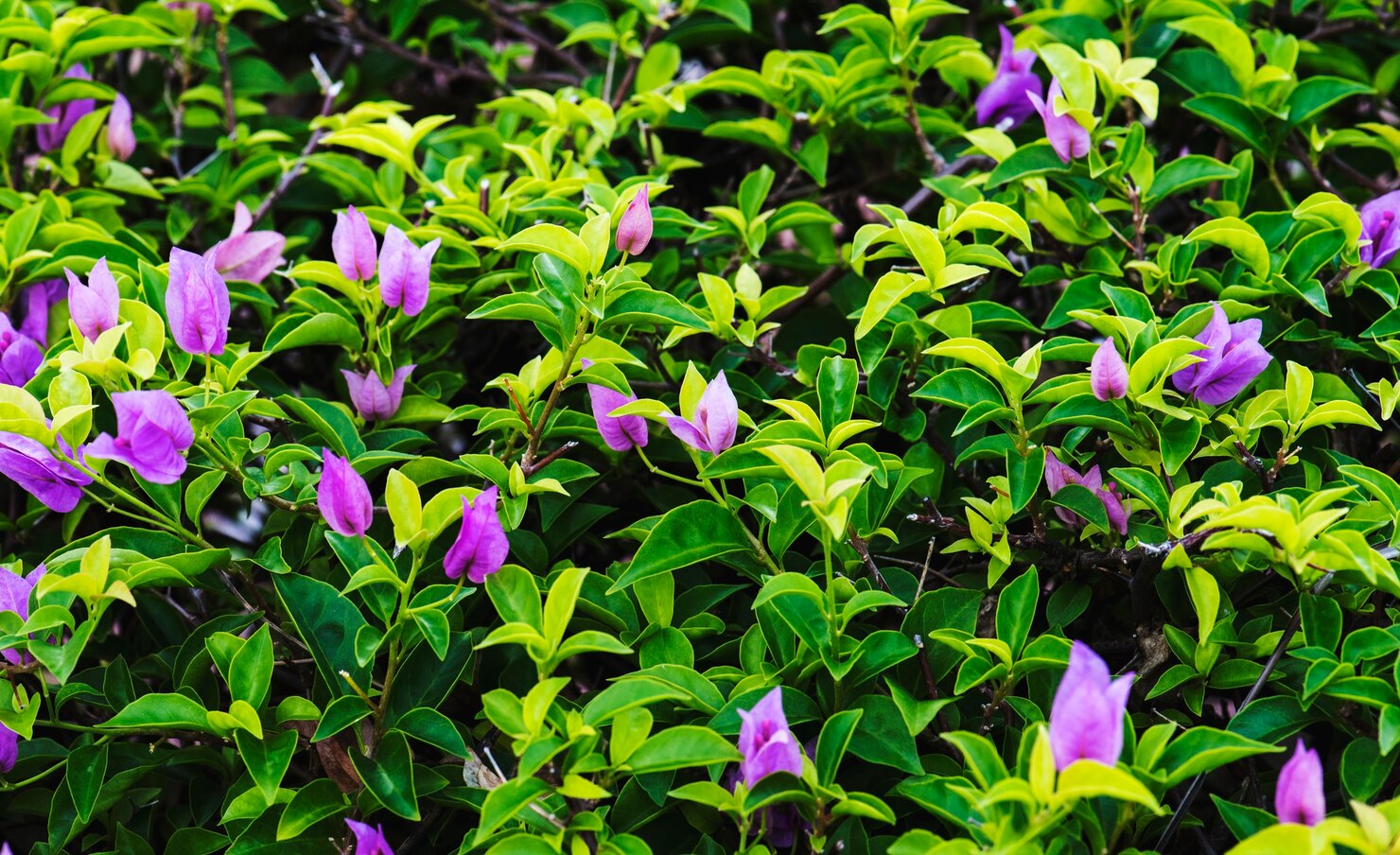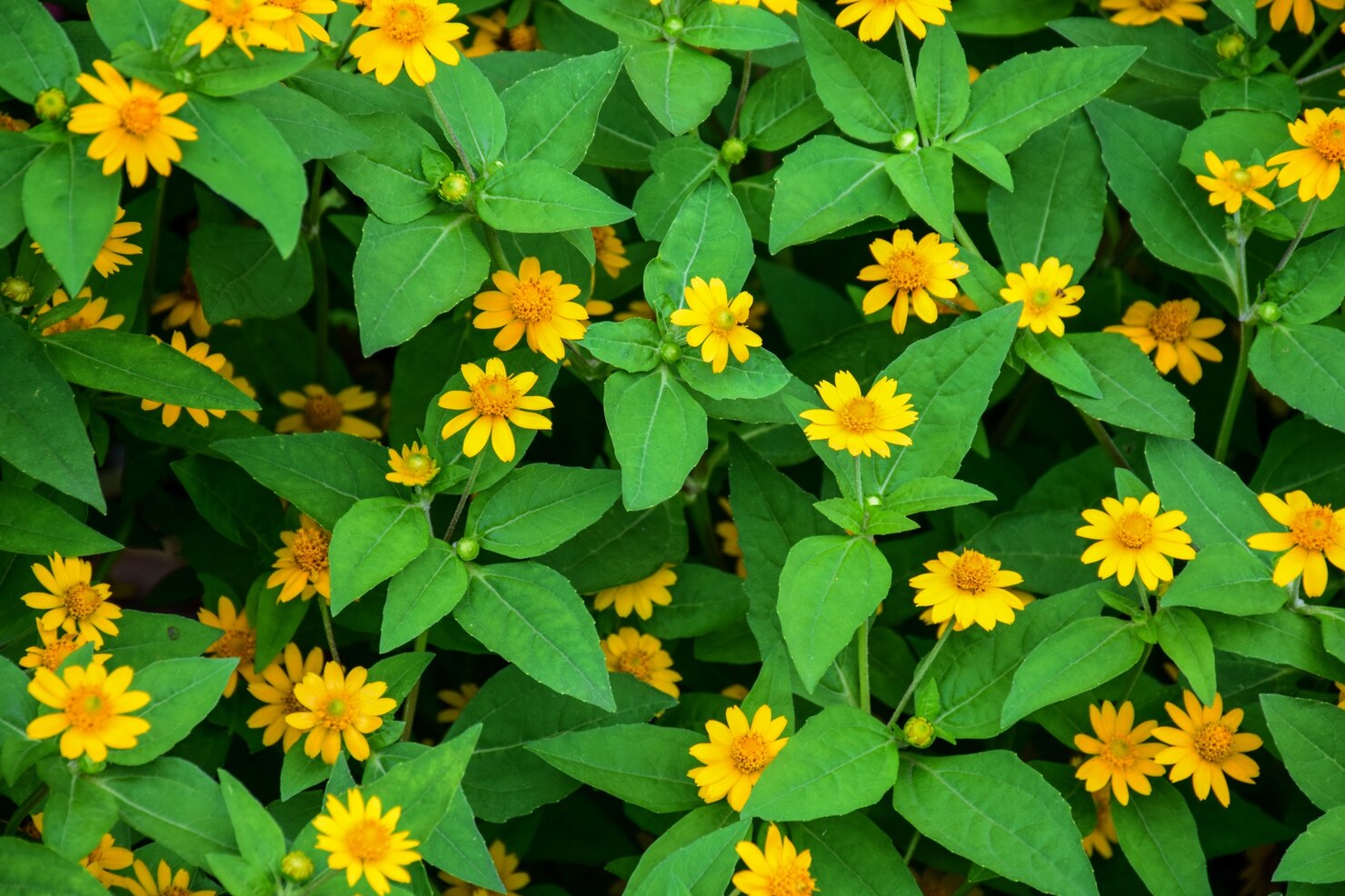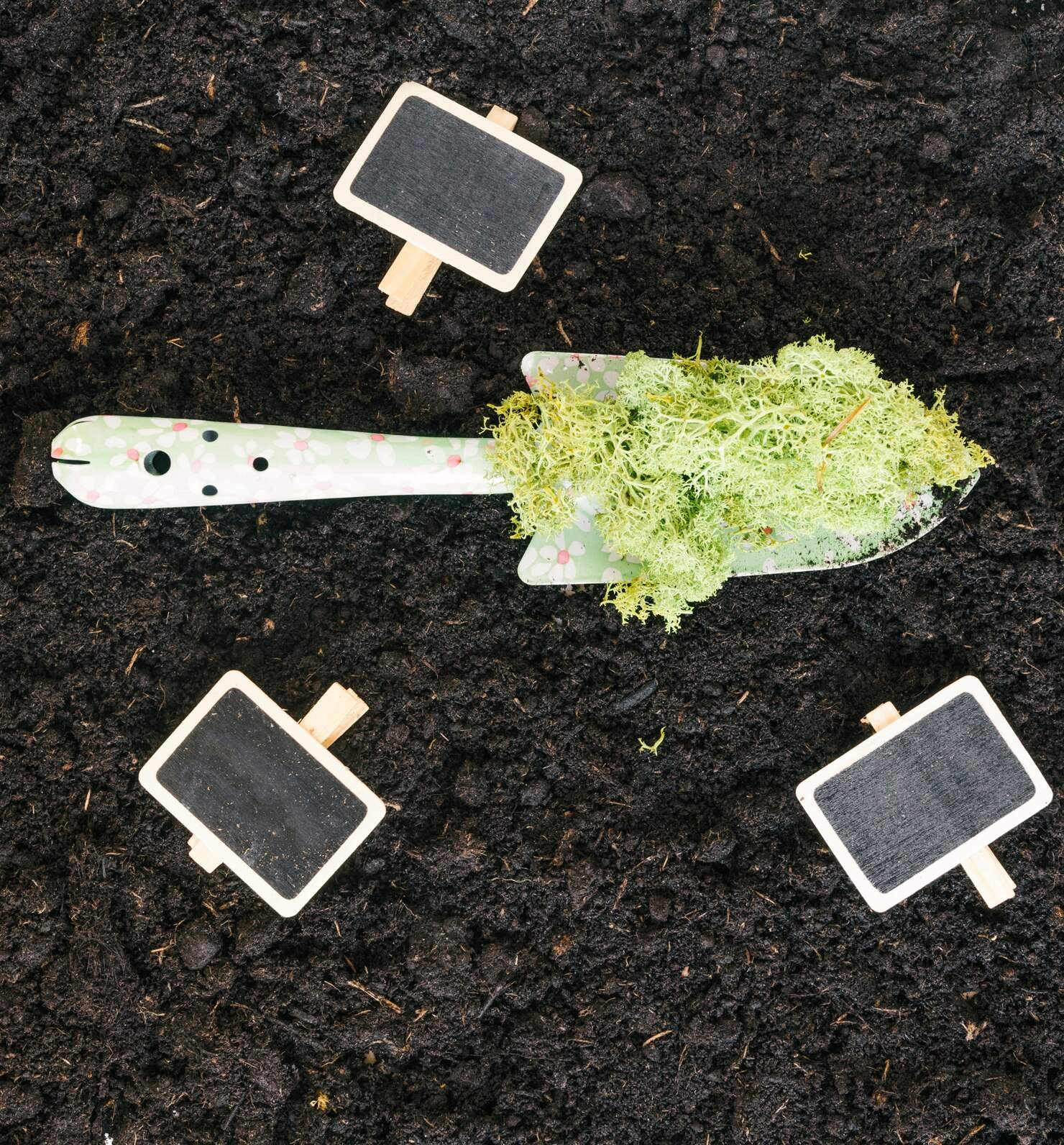
Creating Continuous Spring-to-Autumn Blooming Gardens in Limerick, Ireland

With over 15 years of experience in landscape design and horticulture, I specialize in creating stunning flower beds that bloom continuously from spring through autumn. My approach combines scientific knowledge of plant biology with artistic vision to deliver gardens that are both beautiful and sustainable.
Each project begins with a thorough analysis of your garden's unique characteristics including light exposure, soil composition, microclimate conditions, and your personal aesthetic preferences. This ensures that every plant selection is perfectly suited to thrive in its designated location.
"Absolutely transformed our garden! The continuous blooming design means we have flowers from March through October. The plant selection was perfect for our shady backyard."
"The alpine rock garden is stunning! Professional service, expert knowledge, and beautiful results. Highly recommend for anyone looking to elevate their outdoor space."
"Expert advice on plant selection based on our soil type and sun exposure. The perennial and annual mix creates a dynamic garden that looks different every season."
Creating a harmonious garden composition requires understanding the unique characteristics of different plant types. By combining annuals, perennials, and ornamental grasses, we achieve gardens with varied textures, heights, and seasonal interest that maintain visual appeal throughout the growing season.

Annual plants provide intense, season-long color and fill gaps quickly. Popular choices include petunias, marigolds, zinnias, and cosmos. These plants complete their lifecycle in one growing season, making them perfect for experimenting with different color schemes each year. Their continuous blooming from late spring until first frost ensures your garden never lacks vibrant color.

Perennial plants form the backbone of sustainable garden design. Species like echinacea, rudbeckia, peonies, and hostas return year after year, establishing strong root systems and becoming more impressive with age. They provide reliable structure and reduce maintenance costs over time. Careful selection ensures blooms stagger throughout the season for continuous interest.

Ornamental grasses add movement, texture, and year-round structure to garden compositions. Varieties like Miscanthus, Pennisetum, and Festuca provide graceful, flowing forms that contrast beautifully with flowering plants. Their feathery plumes catch light and breeze, creating dynamic visual interest. Many remain attractive through winter, offering structure when other plants have died back.
Rockeries and raised beds offer elegant solutions for challenging garden conditions while creating stunning focal points. These features provide excellent drainage, improved soil control, and create microclimates suitable for specialized plant collections. They're particularly valuable in Irish gardens where drainage management is essential.
Rockeries combine natural stone with alpine and drought-tolerant plants to create naturalistic mountain landscapes. Strategic rock placement provides thermal mass for temperature-sensitive plants while creating dramatic height variations. These gardens excel in full sun locations and are ideal for gardeners seeking low-maintenance, water-wise designs.
Ideal plants: Sempervivum (hens and chicks), Sedum species, alpine phlox, aubrieta, and dwarf conifers create classic rockery compositions.
Raised beds elevate planting areas above ground level, offering superior drainage, warmer soil temperatures, and complete soil control. They're perfect for vegetables, herbs, or ornamental displays, and are particularly beneficial for gardeners with mobility considerations. Construction materials range from timber and stone to metal, each offering different aesthetic and functional benefits.
Advantages: Extended growing season, better pest control, easier maintenance, and the ability to create custom soil mixes for specific plant requirements.
 Alpine Rockery Design
Alpine Rockery Design
 Contemporary Raised Beds
Contemporary Raised Beds
Ireland's temperate oceanic climate is ideal for numerous tree species. Native options like Silver Birch, Rowan, and Hawthorn thrive beautifully while supporting local wildlife. For ornamental interest, Japanese Maples perform excellently in sheltered positions, offering spectacular autumn color. Flowering cherries provide stunning spring displays, while Amelanchier combines spring blossoms with autumn foliage.
Consider mature size carefully when selecting trees for smaller gardens. Acer palmatum varieties and Betula pendula 'Youngii' offer tree presence without overwhelming the space. For screening, evergreen options like Photinia or Ilex work wonderfully throughout the year.
Both tree types offer distinct advantages depending on your design goals. Deciduous trees allow winter sunlight to reach flower beds during dormant months while providing summer shade and spectacular seasonal changes. This makes them excellent for creating dynamic lighting conditions that benefit different plant groups throughout the year.
Evergreen trees offer year-round structure and privacy but create permanent shade patterns. They're ideal for creating sheltered microclimates for shade-loving perennials and protecting tender plants from harsh winds. Consider a balanced approach using both types to maximize garden versatility and visual interest.
Tree roots significantly impact nearby flower beds through competition for water and nutrients. Shallow-rooted species like Birch and Cherry create particularly challenging conditions. Successful planting requires selecting shade-tolerant species adapted to root competition, such as Epimedium, Brunnera, and hardy geraniums.
Soil amendments help compensate for tree dominance. Adding generous organic matter improves moisture retention and nutrient availability. Consider installing root barriers or elevating beds to create separate root zones. Regular mulching and supplemental watering during dry periods ensure flower bed plants receive adequate resources despite tree competition.
General guidelines suggest maintaining distance equal to the tree's mature canopy radius from trunk to flower bed edge. For a tree with 4-meter spread, position beds at least 2 meters from the trunk. This spacing minimizes root competition while allowing sufficient light penetration for healthy flower growth.
However, successful integration depends on specific tree species and your design intentions. Some shade-loving flower combinations thrive closer to trees, creating naturalistic woodland garden effects. Professional assessment of your specific site conditions, including soil depth, existing root systems, and light patterns throughout the day, ensures optimal placement decisions.
Absolutely! Trees create valuable microclimates that benefit nearby plantings. They provide wind protection, moderate temperature extremes, and offer natural shade for plants that struggle in full sun. Leaf litter contributes organic matter, gradually improving soil structure and fertility when properly managed through composting.
Trees support biodiversity by attracting beneficial insects, birds, and pollinators that help control pests and pollinate flowers. Strategic tree placement creates natural garden rooms with distinct character and growing conditions, allowing diverse plant palettes within a single garden. This ecological complexity makes gardens more resilient and reduces maintenance requirements over time.
Let's create a beautiful, continuously blooming garden tailored to your space and preferences.
Schedule Consultation